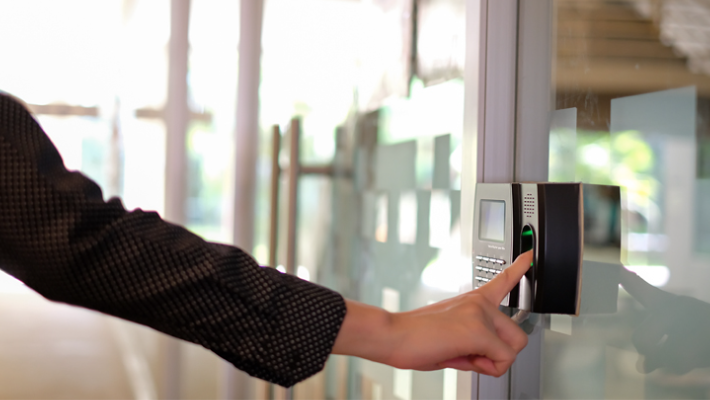Selecting an access control reader from the wide array of options available can prove challenging. It is important to keep a few key elements in mind regardless of what system you use so you arrive at the right product.
Key factors:
- Card Reader Types: Barcodes, Keypads, Contactless, and Biometrics
- Quick Overview Of Contactless Frequencies and Formats
- The Role Of Mounting Surfaces In Selection
- Infrastructure Requirements For Power and Connectivity
- Establishing Read Range For Contactless Options
- Protocol Assistance
Understanding Credential Type
The first characteristic that sets card readers apart is the kind of credentials they can read.
- Standard Proximity Low Frequency – This type of credential is capable of being read through wallets, pockets, and glasses, and it is commonly used for key fobs, identification cards, and windshield stickers.
- Smartcard High Frequency – This type of credential features higher encryption, greater storage, and rewritability. These advanced credentials are used for logical access, payment, and access to multiple systems.
- Magstripe or Barcode – This type of credential is easier to program and a less expensive option. However, these credentials are easily copied and mild marks impact readability.
- Biometrics – Most systems use fingerprint or palm vein readers, iris and retina scanners, as well as face recognition readers.
- Blended Technology – This type of credential functions as a mix of two or more of the listed types. Although more expensive it can be paired with many different systems and accessed using one database, making it the most flexible.
The Role Of Mounting Surfaces
Even though most readers are multipurpose, more advanced models are not suitable for every situation. For outdoor installation, readers need to be protected from moisture and freezing temperatures. For this reason, typically readers have a potted option that is similar in appearance but uses resin to seal all internal elements. In general, readers are mounted on a wall near the controlled opening. Smaller readers can generally be mounted with simple screws directly to drywall or masonry, heavier readers may require brackets. For openings around glass or other instances when cable cannot be accessed through the wall, a typical solution is to mount the reader onto a hollow door frame.
Gate or parking lot readers are commonly installed on metal or concrete posts outside. Unlike door mounted devices, these devices have to read credential ranges that are longer since credentials can be located at a distance of several feet within an automobile or on a windshield. Among all the locations for readers, turnstiles are the most challenging. This type of equipment is not only typically outdoors, but also exposed to thermal shock, ultraviolet light, and impacts. As a result, these readers often require repair or replacement. For this reason, we would recommend the readers for turnstiles to be ruggedized or vandal-resistant.
Additional Infrastructure Requirements
There are a few other elements to consider before mounting your reader. Standard additional resources include the following: power, data, extra sources of security, intercoms and cameras. In order to operate properly an awareness of the necessary distance between a reader and controlled opening is paramount. Not only does it require time to physically travel from the reader to the controlled opening, special consideration should be taken for wheelchair-accessible openings, as well as gate and automobile readers.
It is equally important to ensure that the output option of the reader is compatible with the controller. For their functions to be successful, both devices must have a supported system or direct reader interfaces. Access readers are useful only when integrated with the larger access system like a door controller.
If you are looking to add new security features into your business, like Access Control let RC Security help. Our continued research and partnerships with premium brands allow us to offer better quality every time.


